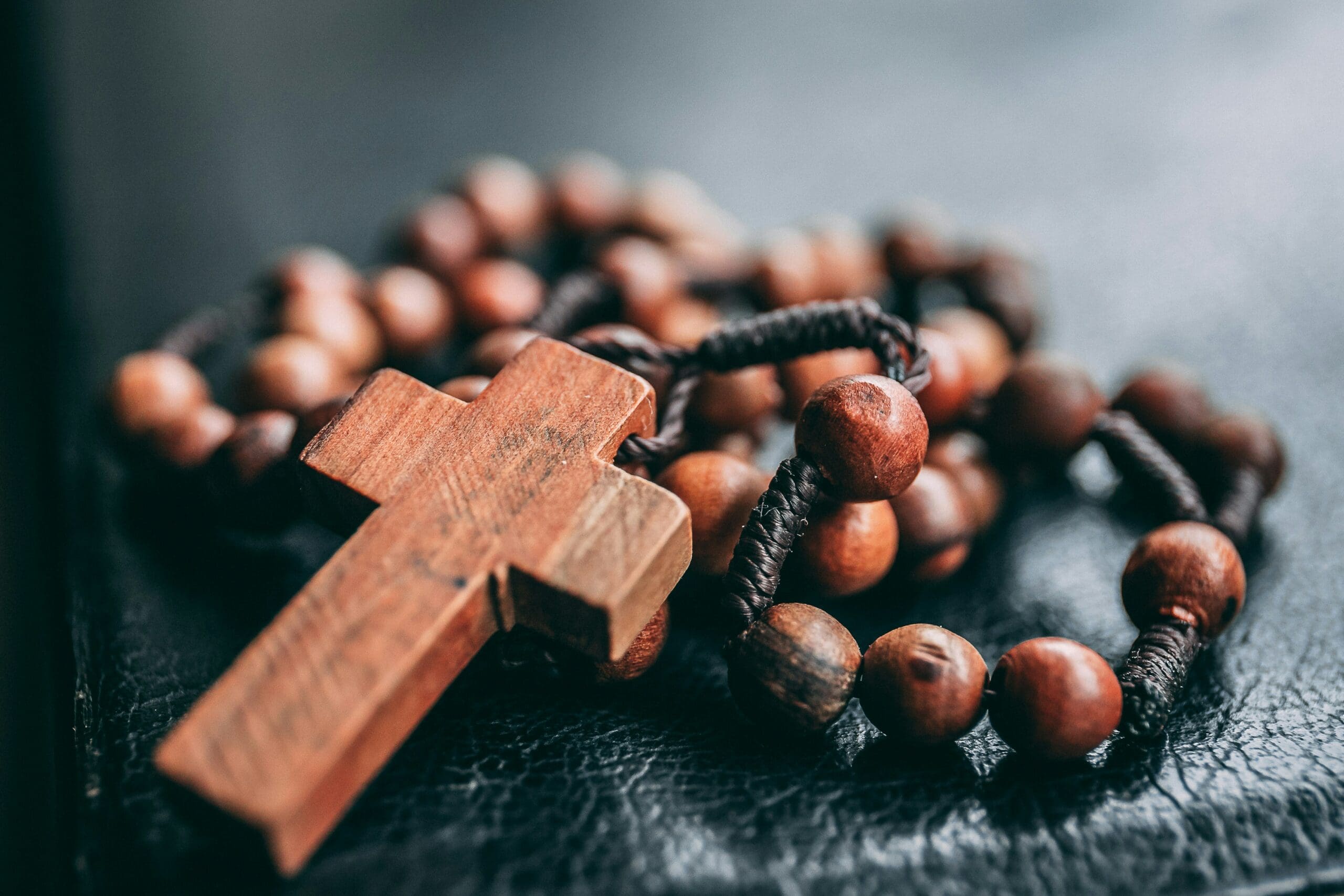Abortion funds are losing donations, but patient needs remain high
The cost of obtaining abortion care has risen significantly since the fall of Roe v. Wade, organizers say.

Since the U.S. Supreme Court issued its ruling in Dobbs v. Jackson Women’s Health Organization in June 2022 that the U.S. Constitution does not guarantee a right to abortion, abortion funds have helped provide access to abortion to people in states with abortion bans and restrictions. But in the year and a half since Roe v. Wade was overturned, donations to some abortion fund groups have all but dried up, leaving patients struggling to obtain the care they need.
Abortion funds and practical support groups operate as stopgap measures for those who need help obtaining abortion care. These groups fund low-income and marginalized pregnant people to cover everything from travel expenses to child care, gas, and even abortion care itself.
“When the Dobbs ruling came down, it really did fuel that surge of passion, energy, and real emotion across the country,” Serra Sippel, interim executive director of the Brigid Alliance, an organization that provides financial and practical support to abortion-seekers, told the American Independent. “We saw that surge, that spike in support, and that translated into donations. And definitely, we’ve seen a slowdown.”
Laurie Bertram Roberts is the executive director and co-founder of the Mississippi Reproductive Freedom Fund, located in Jackson. She told the American Independent that abortion funds are vital to communities in states where abortion care is banned or severely restricted.
“We’re seeing the results of folks not being able to get the care that they wanted. We’re seeing people giving birth who would not have necessarily wanted to give birth,” Bertram Roberts said. “The whole point is to keep people, one, thinking they don’t have the option to leave the state and then delaying, putting so many roadblocks in their way that it’s impossible for them to leave the state to get care. You make it so expensive, so arduous, so complex that it doesn’t matter that there’s clinics in Illinois.”
Abortion care is banned in Mississippi, except in cases in which the pregnant person’s life is in danger or in cases of rape or incest when it is reported to law enforcement.
Bertram Roberts says her organization is currently not funding abortion care while it takes time to raise funds and, she hopes, get back to distributing them to patients in January 2024.
According to the New Orleans website Verite News, in September, the Tampa Bay Abortion Fund was temporarily forced to stop funding abortion care, and in the same month, the Arkansas Abortion Support Network ended its funding for travel due to financial losses.
Abortion fund groups predate the fall of Roe by decades.
“When you have people who are low-income, they’re unhoused, they’re in rural areas, don’t have access to ways to get to their abortion appointments, this is really important,” Sippel said. “It’s important to understand that the laws and policies are only one piece of the puzzle — even just taking the laws, that is just only one barrier; there are so many other barriers that people face when it comes to accessing abortion.”
Ali Muldrow, the executive director of the Women’s Medical Fund of Wisconsin, explained that the amount of money needed to help a patient obtain abortion care has risen significantly since Roe was overturned.
“We saw more donations, and that’s great, because abortion costs more,” Muldrow told the American Independent. “It’s not like we’re just sitting on this pot of untapped resources, because the need changed at the same time that people’s enthusiasm for giving changed. And so we’re receiving more, and we’re also spending more, and we’re spending money differently.”.
Bertram Roberts says in the past, it would cost around $200 to get a patient from the Mississippi Delta, for example, to the nearest clinic, in Jackson, Shreveport, Louisiana, or Tuscaloosa, Alabama.
But now, abortion is restricted or banned in every Southern state except Virginia. Bertram Roberts said the cost of getting a patient from Mississippi to Illinois is around $1,000 when you add up the cost of a hotel, gas, food, rental car, and child care. That sum doesn’t include the cost of the procedure itself.
According to a 2022 report from the Louisiana Abortion Fund, post-Roe, patients were forced to travel an average of 891 miles round-trip to obtain the abortion care they needed, compared with under 100 miles round-trip before the Dobbs decision.
Muldrow says pre-Roe, Wisconsin abortion funds supported residents having abortions in Wisconsin. Today, the abortion fund supports residents receiving abortion care out of state. She says the funds were once only helping patients pay for abortion procedures; now, they help to pay practical support costs, including hotels, gas, and possibly miscarriage care for residents who are unable to access that care in the state. She explains that providers may know that a fetus will not survive, but they’re afraid to perform abortions because of laws in the state.
In September, Planned Parenthood of Wisconsin announced it would resume providing abortions at two of its clinics, in Madison and Milwaukee. These were the only clinics providing care in the state.
On Dec. 5, abortion rights activists received the welcome news that Dane County Circuit Court Judge Diane Schlipper had reaffirmed her prior ruling that a Wisconsin law dating to 1849 does not ban abortion. The decision means that abortion is once again legal in the state up to 20 weeks of pregnancy.
Most abortion funds in Republican-led states depend on individual donations or are funded by larger donor organizations. In 2022, California Democrats passed a budget that included $20 million in funding for a state-run program that helps patients cover costs associated with seeking abortion care. Alaska, Connecticut, Hawaii, Maine, and Massachusetts fund abortion care through Medicaid.
Muldrow tells a story about a time when she, as a single mother, stopped at a garage sale to buy a stroller for her child. When she asked the homeowner the cost, the person ripped off the price tag and told her that nobody should have to pay for something so necessary.
“I think when you invest in an abortion fund, you’re looking at somebody who needs an abortion, and you’re saying, You shouldn’t have to pay for something so necessary. I support you. I will pay for your abortion for you. And I think that that’s a really powerful way to give, and a really deeply empowering way to give,” Muldrow said.




